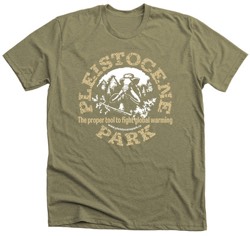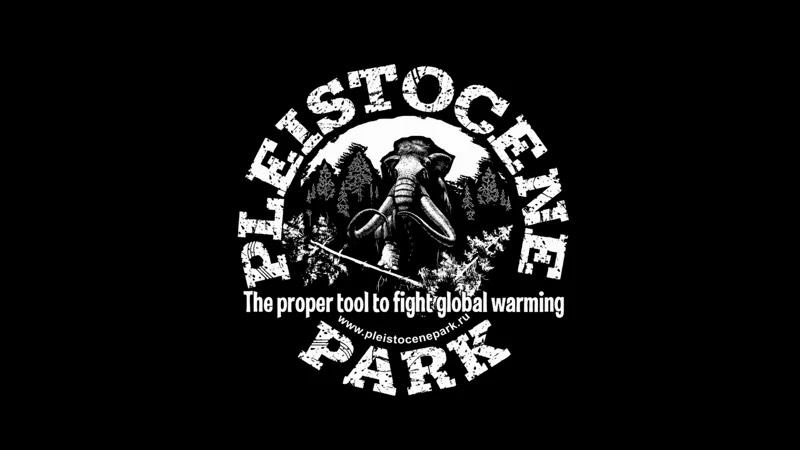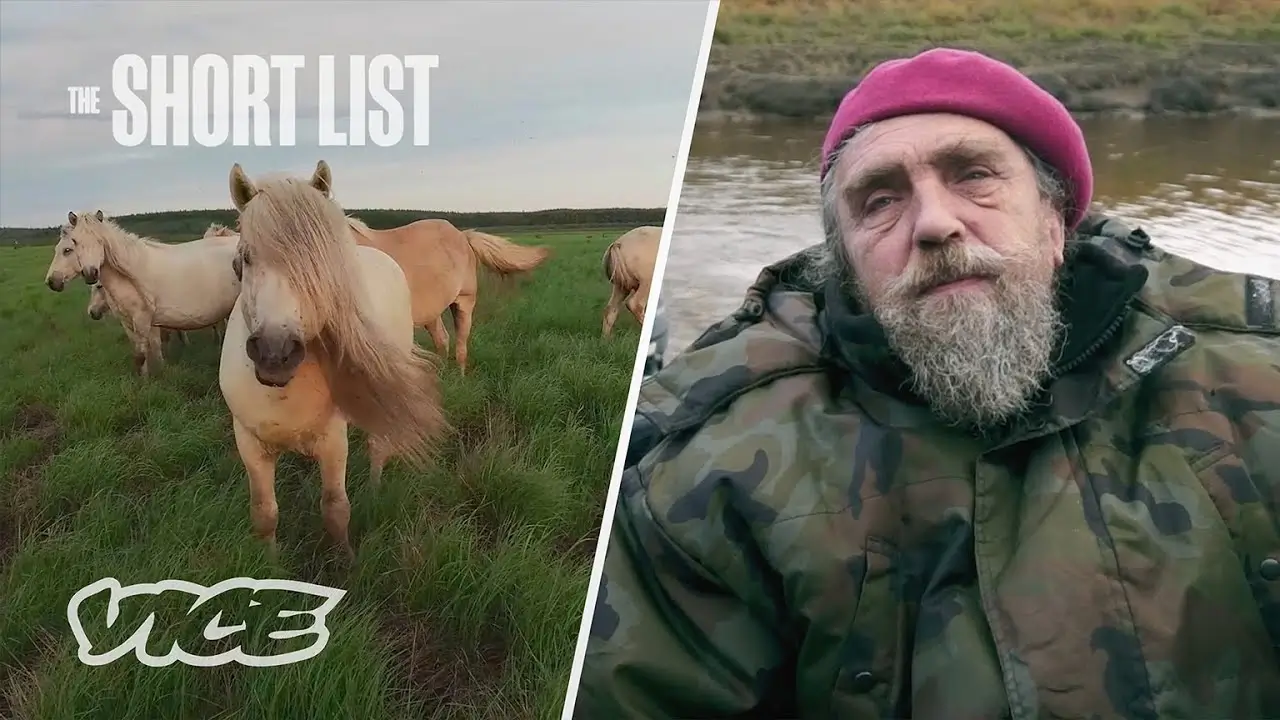Pleistocene Park
Northern Siberia, Russia
Pleistocene Park is a major initiative to restore high productive grazing ecosystems in the Arctic, similar to the mammoth steppe ecosystem, which was dominant in Eurasia in the late Pleistocene. Main Pleistocene Park goal is to develop “Nature Based Solutions” to the climate change problem.
Several ecological mechanisms allow grazing ecosystems in the Arctic to have a cooling effect on the climate and also have an ability to protect Arctic permafrost from degradation. Accounting that permafrost is a huge organic carbon storage, preservation of permafrost is critical to limit rates of climate change. Pasture ecosystems in the Arctic have higher ability to absorb greenhouse gases and preserve carbon in the soil, comparing with other northern ecosystems. We propose that Pleistocene Park and similar “ecosystem based” projects can be used as economically effective methods to mitigate climate change.
The initiative requires replacement of the current unproductive northern ecosystems by highly productive pastures which have both a high animal density and a high rate of biocycling. Experiments with animal reintroductions were begun in 1988. Currently, Pleistocene Park consists of an enclosed area of 20 square kilometers that is home to 9 major herbivore species: reindeer, yakutian horse, moose, bison, musk ox, kalmykian cow, sheep, camels and goats.







